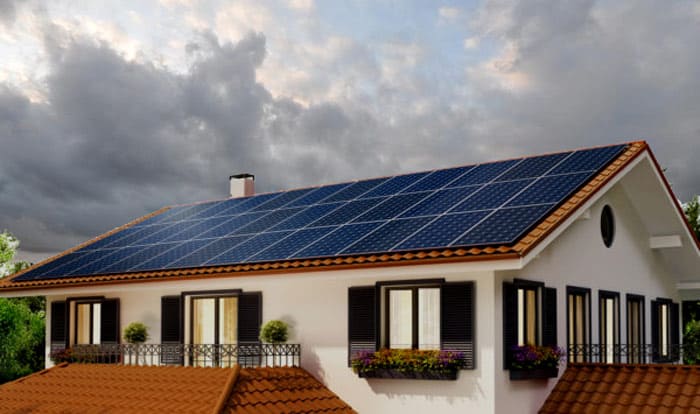How the Government Rebate for Solar Power Works
Small-scale Technology Certificates and Feed in Tariffs: Explained
Rebates, STCs, credit schemes, feed tariffs … for people that don’t know much about solar panels and solar power, it’s all a bit confusing.
We’re here to help with a quick rundown of how it all works:
Firstly, to make things clear, the Federal Government ‘rebate’ for persons purchasing a solar system, is called the Small-Scale Technology Certificate program (STC).
This program subsidises the upfront cost of installing a solar power system. This is not to be confused with the Feed In Tariff (FiT), which is a State Government subsidy where you are paid for the excess electricity you export back to the grid (don’t worry, we’ll get to this).
When a solar power system is installed, it is assigned a certain number of STCs. This number varies according to the amount of electricity generated by the system, the capacity and size of the system and its geographical location. It is the number of STCs your system is assigned, and their current value, that dictates the ‘rebate’ amount you receive when you install your solar power system.
As of April 2019, STCs were valued at $37. The price or value of STCs fluctuates with demand. The higher the demand for solar systems, the lower the STC price, resulting in more expensive solar panels. By law, the highest value an STC can go is $40. In layman’s terms, as the popularity of solar power increases, so does the cost of installing solar panels.
Based on an average sized home, we would recommend installing a 5kW solar power system. With an STC price of $37, the total subsidy you could be eligible for is roughly $630 per kW installed. If you were to install this system, you would save around $3150.
BUT wait, there’s more! The Australian government is adamant that environmental protection is paramount and as such, they are further incentivising sustainability initiatives to encourage more people to protect the planet and reduce Australia’s overall carbon footprint.
As mentioned, to further encourage Australians to install solar power, the Feed-in Tariff (FiT) initiative was implemented. This system pays you for any excess solar energy your house exports back into the grid. The ‘grid’ being, the transmission and distribution network that carries electricity from power stations to your home. So, FiTs will not only make your electricity bill free, but if your panels are producing surplus electricity (more than what your house requires) you get paid for it! Most state governments mandate a minimum FiT rate. We recommend researching this for yourself, based on where you live, to more accurately ascertain how much you could earn.
So fundamentally, the government helps you pay off a system and then pays you to use it! The caveat is that this is fully dependent on the government’s willingness to continue these programs, with any governmental changes (such as elections), the policy may change.
A solar power system is a great investment for your home and for the environment. The STC program and the FiT scheme are incentives for Australians to get behind the renewable energy movement and save money on their energy bill. We hope this information provided some clarity for you. If you’re interested in installing solar, calculate how much you can claim in government rebates here.
Related Posts

Solar Power and Sunlight: What Happens On Cloudy Days?Reduce Carbon Emissions With Solar Power
It’s without question that solar panels work their best when in direct exposure to the sun. In fact, the beauty

Reduce Carbon Emissions With Solar Power
With many every-day living costs on the rise for home and business owners, investing in solar panels is a clever

Rooftop Rumours: Busting the Top Six Myths about Solar Power
1. As technology improves, solar panels will become cheaper, so I should wait to buy mine While in recent years,
